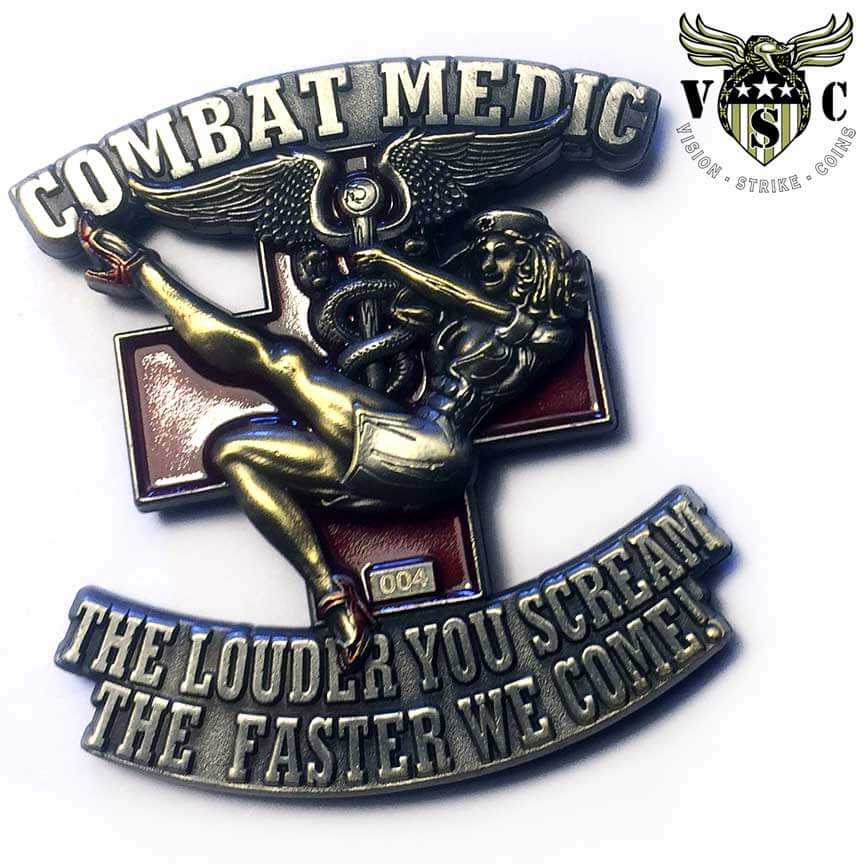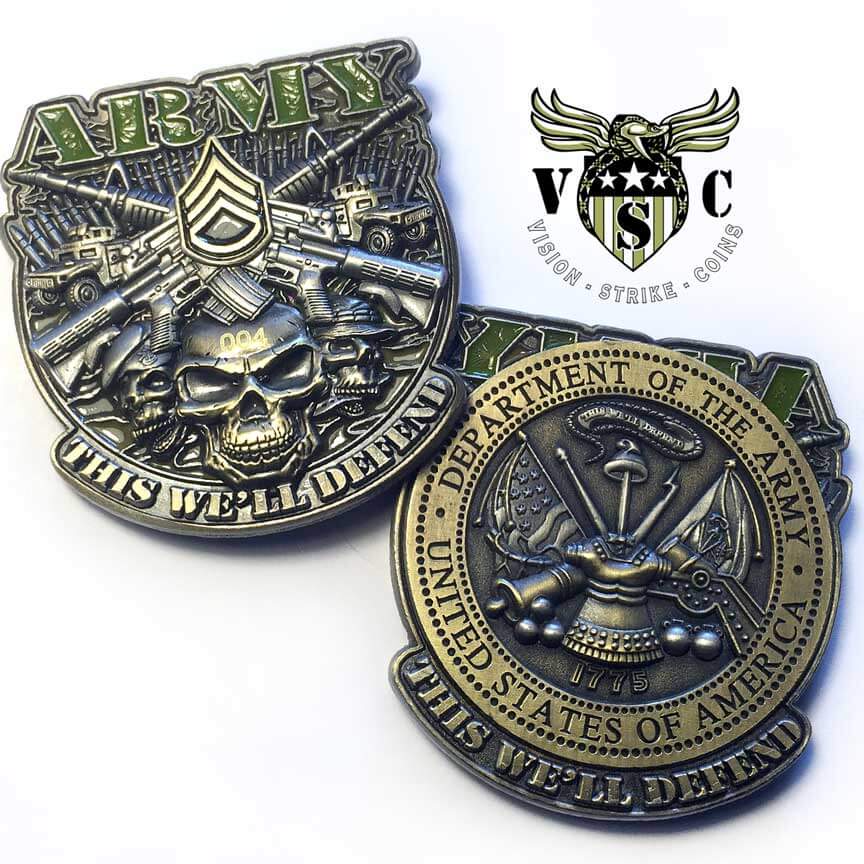Fort Sam Houston, located in San Antonio, Texas, stands as a testament to the rich military heritage of the United States. With a history dating back over a century, Fort Sam Houston has played a vital role in training and supporting American military forces. In this blog, we explore the fascinating history, key topics, and notable facts associated with Fort Sam Houston.

History and Establishment: Fort Sam Houston traces its origins to 1876 when it was established as one of the key posts of the frontier military system. Named after the first President of the Republic of Texas, Sam Houston, the fort served as a strategic military installation during the Indian Wars era.
Training and Support: Over the years, Fort Sam Houston has become renowned as a premier training and support center for the United States Army. It is home to numerous key institutions, including the U.S. Army Medical Department Center and School, the U.S. Army Medical Command, and the Army Medical Department Museum. The installation also hosts the Brooke Army Medical Center, providing comprehensive medical care to military personnel.
Key Topics Associated with Fort Sam Houston:
- Medical Training and Innovation: Fort Sam Houston has a rich history in medical training, providing education to generations of military medical professionals. The installation has been instrumental in advancing medical knowledge, research, and innovations, contributing significantly to military healthcare.
- Military Intelligence: Fort Sam Houston has played a critical role in intelligence training and operations. The U.S. Army Intelligence Center of Excellence, located within the installation, provides comprehensive intelligence training and education to Army personnel.
- Historical Significance: Fort Sam Houston has witnessed significant historical events, including the mobilization and training of troops during World Wars I and II, as well as hosting important figures like General Dwight D. Eisenhower.
Notable Facts and Dates:
- In 1886, Fort Sam Houston became the headquarters of the Department of Texas.
- During World War II, the fort served as a vital training center for medical personnel, contributing to the war effort.
- Fort Sam Houston was designated a National Historic Landmark in 1975, recognizing its historical significance and contributions to the nation.
- The installation has undergone extensive development and modernization over the years, maintaining its relevance and readiness to support the evolving needs of the U.S. Army.
Fort Sam Houston stands as an enduring symbol of military excellence and service. With its rich history, prominent role in medical training, and contribution to military intelligence, the installation continues to serve as a cornerstone of the United States Army. As we reflect on its legacy, let us honor the brave men and women who have trained and served at Fort Sam Houston, ensuring the strength and security of our nation.
Fort Sam Houston, with its distinguished history and pivotal role in military training and support, has left an indelible mark on the United States Army and the nation as a whole. Over the years, the installation has continuously evolved to meet the changing needs of the military, demonstrating its adaptability and commitment to excellence.
One of the notable aspects of Fort Sam Houston is its focus on medical training and innovation. The U.S. Army Medical Department Center and School, located within the installation, is renowned for its comprehensive medical training programs. It prepares military healthcare professionals for the unique challenges they may face in the field, equipping them with the knowledge and skills necessary to provide exceptional medical care to their fellow service members.
The installation’s dedication to medical advancement is further exemplified by the Brooke Army Medical Center, a state-of-the-art medical facility. This renowned hospital provides a wide range of specialized services and has been at the forefront of medical research, technological advancements, and patient care. It serves not only military personnel but also their families, retirees, and eligible veterans.
In addition to its significant role in medical training, Fort Sam Houston has a strong connection to military intelligence. The U.S. Army Intelligence Center of Excellence, housed within the installation, offers comprehensive intelligence training to Army personnel. It serves as a hub for developing and honing the skills necessary to gather, analyze, and interpret critical information for military operations.
Fort Sam Houston’s historical significance is underscored by its involvement in major military events. During World Wars I and II, the fort played a crucial role in the mobilization and training of troops, contributing to the success of Allied forces. It has also hosted influential figures such as General Dwight D. Eisenhower, who later became the Supreme Commander of the Allied Expeditionary Forces during World War II and the 34th President of the United States.
Today, Fort Sam Houston continues to evolve to meet the needs of the United States Army. Through ongoing modernization efforts, the installation ensures it remains at the forefront of training, support, and readiness. It serves as a testament to the Army’s commitment to maintaining a strong and capable fighting force, prepared to face any challenges that may arise.

As we reflect on the remarkable legacy of Fort Sam Houston, we pay tribute to the brave men and women who have passed through its gates, dedicating themselves to the defense of our nation. Their training, service, and sacrifices embody the values of duty, honor, and country. Fort Sam Houston stands as a living testament to their commitment and the enduring spirit of the United States Army.
References:
- United States Army Fort Sam Houston. (n.d.). Fort Sam Houston. Retrieved from https://home.army.mil/samhouston/index.php
- United States Army Center of Military History. (2018). Fort Sam Houston. Retrieved from https://history.army.mil/html/topics/afam/fsh/fsh-1.html
